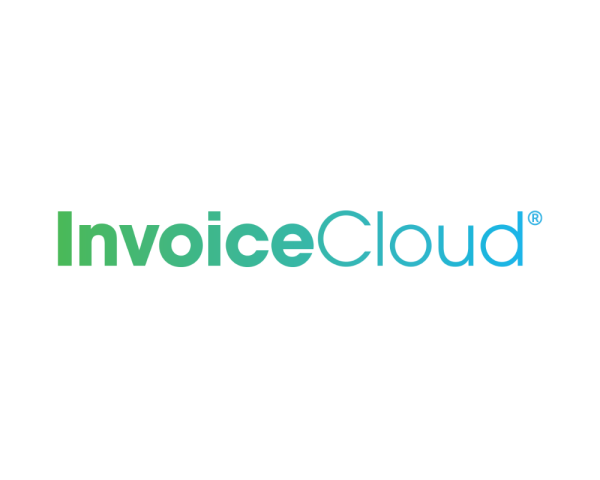As is true across all industries, customer expectations are constantly evolving for insurance providers. While the wants and needs of customers may change, one thing remains the same — policyholders will not renew policies with insurance providers that don’t meet their expectations.
One McKinsey study shows that satisfied customers are 80% more likely to renew their policies. However, only 15% of customers are satisfied with their insurers’ digital experience.
The fact that insurance carriers who provide best-in-class customer experiences generate 2 to 4 times more growth in new business and 30% higher profitability than carriers with an inconsistent customer focus demonstrates just how critical satisfactory customer experience truly are.
Exceed expectations with true SaaS for insurance
Software as a Service (or SaaS) is a software delivery model that provides all the benefits of a single software interface for all of your core systems, without the need for continuous updates by your IT department. Translation? Your organization enjoys all of the benefits of owning software without the trouble of managing and maintaining it.
For insurance companies in particular, SaaS is ideal because it’s secure, customizable, scalable — all of which works to increase policyholder satisfaction and retention. This delivery model also empowers insurers to digitally transform while allowing employees to place emphasis on core business functions rather than IT maintenance.
When choosing a SaaS vendor to work with, however, it’s important to make sure you’re signing up for a true SaaS solution. Sometimes, companies practice what’s called cloudwashing, or running traditional software on a cloud instance and marketing it as a “true SaaS” solution. In a cloudwashing scenario, multiple versions of the software still exist, as opposed to a cloud native solution, where only a single version or platform exists.

Take Netflix, for instance. As a true SaaS platform, Netflix has one single instance solution that all subscribers have access to. When a new show or movie comes to the platform, users will automatically have access to the program on any channel they use to stream.
Cloudwashed solution, however, require users to undergo costly and time-consuming customizations every time a new functionality is available. This can not only interupt daily operations, but frustrate policyholders and strain finite resources in the process.
What does cloudwashing look like?
It’s crucial for insurance companies to be able to identify true SaaS solutions from those that are cloudwashing. To ensure you’re choosing a true SaaS solution, be sure to ask yourself these questions:
- Are all of your customers on the same codebase or are they on variations of a common codebase? True SaaS is a single-instance, multi-tenant platform, meaning all clients are on the same base software code and platform, but others can simultaneously use the same code.
- How much time and effort goes into updating your system? Are internal IT resources being overextended to manually update software? True SaaS software would automatically update when a new feature and functionality was available.
- Does your software provider’s website accurately depict what they provide? If a provider’s website promotes “SaaS-based” solutions instead of “true SaaS,” it’s most likely cloudwashing.
So, what do policyholders expect?
Most importantly, it’s important to understand that hosted solutions, even if they are cloudwased, cannot futureproof user experience to consistently meet policyholder expectations. Research shows that 45% of policyholders are looking to switch providers within the next year, which means it’s never been more important for insurance organizations to evaluate the customer experiences they’re providing.
In order to keep up with these expectations, insurance companies first need to understand exactly what their policyholders expect. In a recent webinar, the InvoiceCloud team unveiled the results of a recent survey to explore what policyholders want and how insurers can leverage this data.
A few of their key findings include:
- Digital payments are table stakes: Only 6% of policyholders prefer to pay bills by mail. By far, more people preferred to pay either online or via mobile device
- Make digital payment options frictionless: 89% of non-digital payers would be willing to make online payments if they were easier to find and use.
- Leverage targeted communications: Policyholders are less likely to miss a premium payment if a reminder (or reminders) catered to their preferences is sent.
Overall, it’s clear that policyholders have high digital expectations, which insurers can fail to meet. Leveraging true SaaS solutions enables insurance organizations to consistently meet changing expectations, while reducing internal workloads.
Don’t take our word for it, see it for yourself! Watch the video below to learn how Ellington Mutual enhanced its policyholder experience with InvoiceCloud’s true SaaS engagement and payments solution.
Sponsored by ITL Partner: InvoiceCloud








